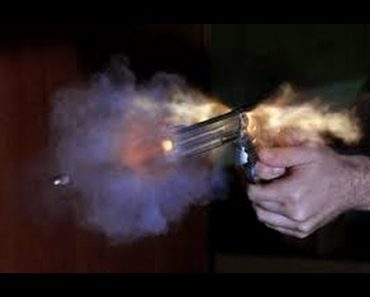Typically in most basic firearm classes the student is told that if they have a malfunction they should put the firearm on safe, finger off trigger, table the firearm or keep it pointed downrange and raise their support hand to call for and instructor to clear the malfunction. That is a proper method when the […]
Month: May 2012
How to Reload a Handgun Quickly
How to quickly reload a handgun is one area of firearm manipulation that many people take for granted. I have found that many take the instinctual path. They try to rush it rather than take the time to learn the proper process. Master the process before attempting to add speed. Going to fast causes […]
Three Step Handgun Draw
It seems like drawing your handgun from a holster is a pretty intuitive action that does not need a lot of comment, and in reality it pretty much is, however, there is a difference between doing something and doing something smoothly, effectively, and quickly. Today we are going to talk about the fundamentals of the […]
Clint Smith Loading From Empty
https://www.youtube.com/watch?v=zVGQQhkjzec This particular video shows how to go about loading from empty. It is different than performing a tactical load, and is a vital skill every defensive gunner should know. I enjoyed watching it, and I learned some new ways to share information with others. It is worth the time to watch. I like […]
How to Make Cookie Bowls
As I said in the video, this is not a “prepper” recipe per se, but I imagine if you ever had to live off your food storage you would want to change up every now and then. I found this idea in an email and it took me a lot of trial and error […]





